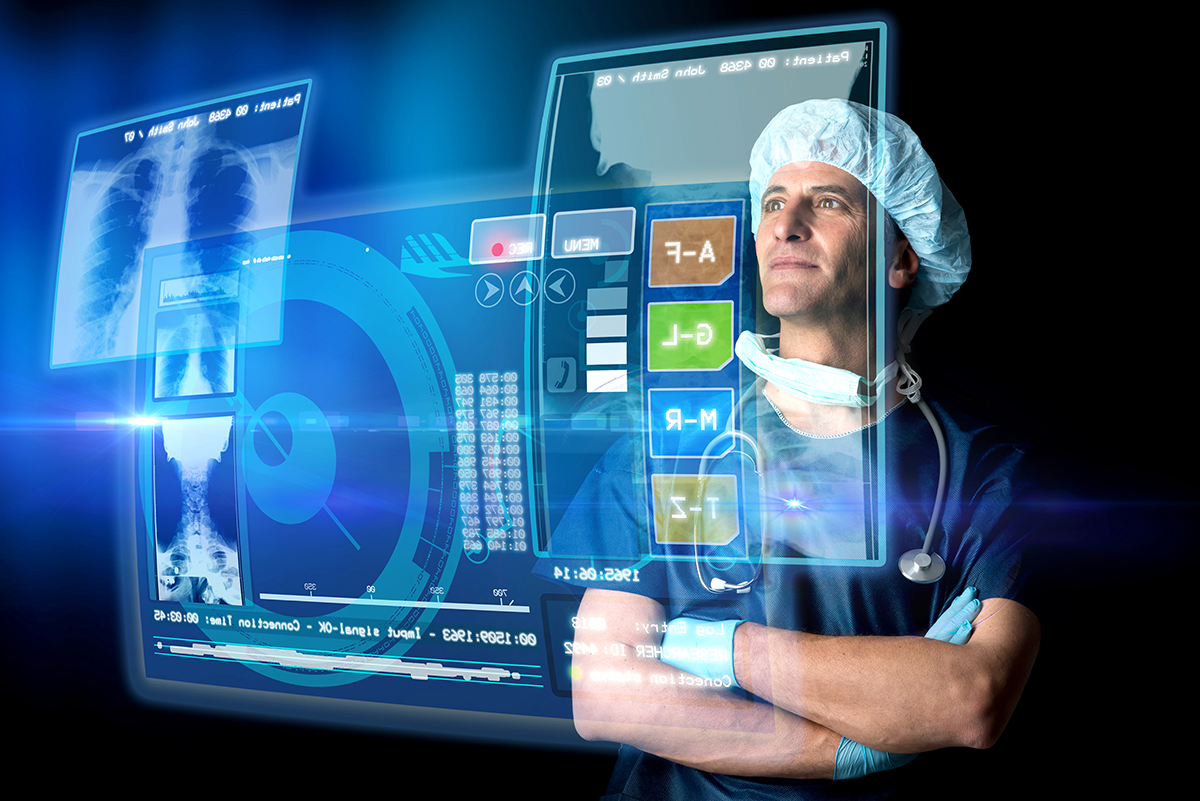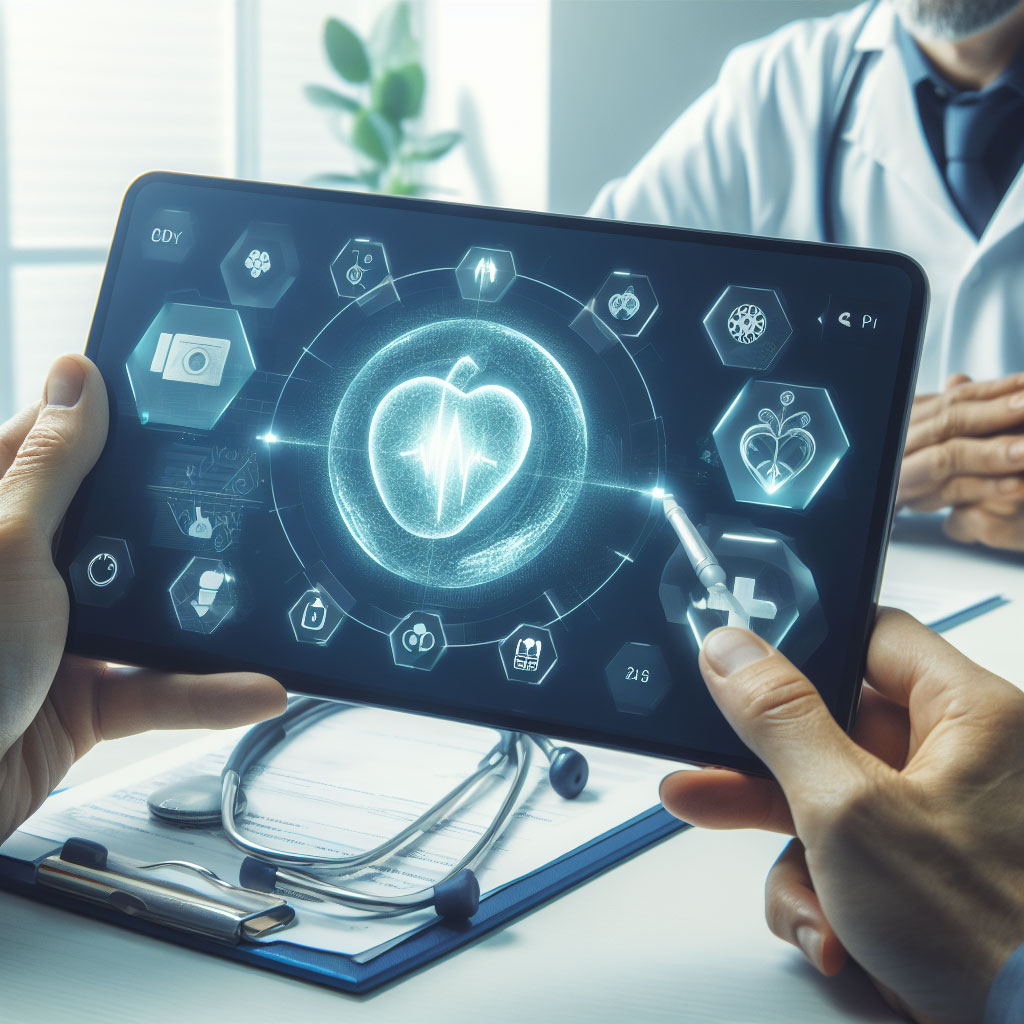
Empowering Patients with Chronic Conditions, Providers, and Payers with RPM

Ninety percent of the nation’s annual healthcare expenditures are for people with chronic and mental health conditions. Six of 10 adults in the U.S. have a chronic disease. Four in 10 adults have two or more chronic diseases. A significant amount of this cost can be prevented, and care outcomes can be improved by leveraging digital technology and data to improve health outcomes. Remote patient monitoring (RPM) is one such innovation that can empower patients with chronic conditions, their providers, and payers to live better lives.
Quick Review: What is RPM?
RPM allows providers to capture vitals from the patients remotely. IoT-enabled devices have transformed RPM by enabling doctors to monitor, report, and analyze their patient’s chronic conditions from outside a healthcare facility. RPM uses digital technologies to accumulate and examine health data, including vital signs, symptoms, and medication observances from patients in real-time, irrespective of their location within certain groups. This allows them to deliver long-term preventative and real-time care to patients with chronic conditions without them having to leave their homes.
RPM devices include blood pressure monitors, weight scales, blood glucose meters, watches, spirometers, pulse oximeters, and ECG machines. Major areas where RPM has been found useful are in the treatment of chronic problems like:
- Diabetes
- Cardiac patients
- Post-surgery patients
RPM for Patients with Chronic Conditions
RPM permits patients to take an active role in their care by providing them with personalized dashboards and suggestions to manage their ailments and health. Patients can use RPM devices to track their health condition and share this data with their healthcare providers, who can then modify therapy plans in near real-time. This methodology improves patient understanding, increases treatment effectiveness, lowers hospital admissions, and reduces healthcare costs.
RPM can be used to schedule automated reminders to patients via text, email, or phone calls, ensuring that patients are aware of their upcoming appointments and are more likely to attend. In addition to reminders, closer collaboration among providers and patients can help construct stronger associations and increase trust. This helps in leading to better patient outcomes, as patients are more likely to follow their provider’s suggestions and take an active role in managing their health and related tasks.
RPM for Chronic Condition Care Providers
RPM offers significant advantages to the providers caring for patients with chronic conditions. As mentioned, RPM can strengthen the relationship between provider and patient. This reduces appointment cancellations and no-shows, saving caregivers valuable time. This can lead to increased returns generation and decreased waste of time and resources. Plus, it is widely known that satisfied patients are more likely to continue seeking care from that provider and recommend it to others, which can help the provider attract new patients and retain existing ones.
Providers can also gain from RPM by delivering more cost-effective and efficient care to their patients. With near real-time approach to patient data, providers can detect and address prospective health matters before they become more critical. RPM also permits providers to examine patients remotely, lowering the need for in-person visits and enhancing care access for those who may have inconvenience traveling to appointments due to their social determinants of health (SDoH).
RPM for Payers
Payers can gain from RPM by lowering healthcare costs and enhancing patient results in the betterment of the patient’s health. By lowering hospital admissions and readmissions, RPM can assist payers’ lower healthcare expenditure. And with a better view of a patient’s overall health, RPM can also be a tool for payers to make more informed decisions on member escalation measures. Making a more accurate determination can cut down on costly mistakes. In general, RPM is an effective use of the healthcare system for lower utilization.
Taking RPM a Step Further
Alone, RPM has done a great deal for patients, providers, and payers across the healthcare spectrum. But when paired with an AI-based healthcare digital solution, it can do even more. These are web/app-based platforms to allow patients and providers to access their medical records. These are effective communication tools within the healthcare providers community.
An AI-based healthcare digital solution is also helpful in curating custom apps for smartphone or tablet applications. These can be designed specifically to help patients manage their condition by providing a range of features as needed. The other advantage of patient portals and custom apps is that they allow patients to take a more active role in their care. With features like medication reminders and food tracking, patients can stay on top of their treatment and make better decisions about their health.
RPM for All
Healthcare has grown beyond the boundaries of hospitals and clinics which enables providers to give their patients better care. Remote patient monitoring’s ability to provide convenient and preventative care is why the market is expected to reach $3,244.9 million by 2027. Its competitive advantages to patients, providers, and payers alike are also bringing it into the mainstream. The combined power of RPM and AI-based healthcare digital solutions can move us one step closer to overcoming chronic conditions.
Apexon acts as a data accelerator for companies in the healthcare ecosystem-enabling you to harness your healthcare data assets more effectively. Apexon’s healthcare data analytics platform (HDAP) can be used by different players in the healthcare ecosystem to address multiple data use cases to improve research, patient care, and operational processes. To learn more, check out the Apexon HDAP page or get in touch directly using the form below.




